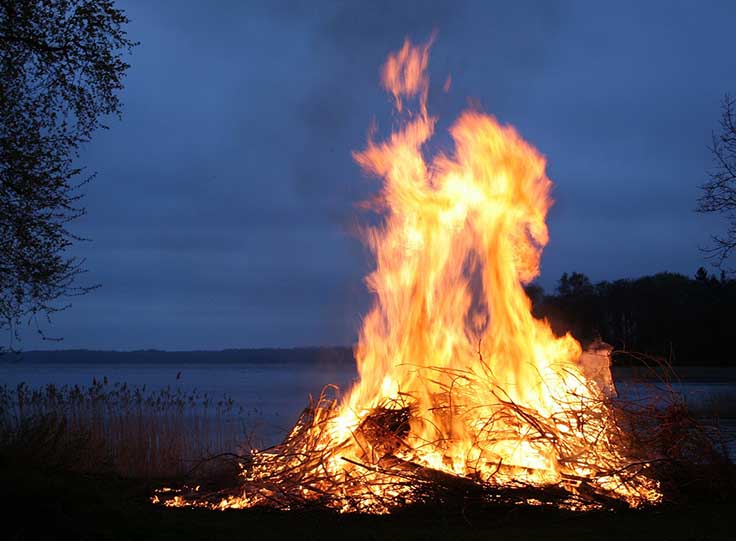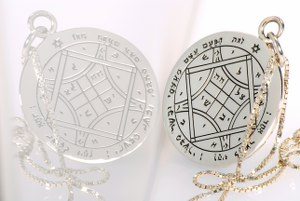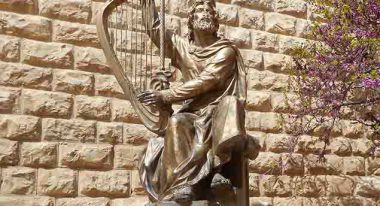
Lag B’Omer
Lag B’Omer, 33rd day of the Omer count is celebrated as a holiday with picnics, bonfires, shooting a bow and other joyful activities. On this day many Jewish people visit the tomb of the great sage Rabbi Shimon Bar Yochai (Rashbi) the anniversary of whose death is on the Lag B’Omer
The tradition of this festival goes back to the times of the Jerusalem Temple.
The word “Omer” in Hebrew means a sheaf, also “Omer” was a measure for loose substances in the ancient times. One Omer considered a sufficient quantity of grain for the person for one day.
On the second day of the Passover was accustomed to bring a sheaf of barley to the Temple. That called “the first Omer”. On the next morning they prayed for the good harvest and started the count of the days of the Omer. All together 49 days between Pesach and Shavuot, the number of days of the Exodus from Egypt until receiving the Torah. Each day has its ordinal number. On the fiftieth day they brought a second Omer to the Temple. That was a sheaf of barley of the new harvest.
According to the Torah, the time between the first and second Omer is associated with a large number of restrictions. It is called the period of the awe and hope, because these seven weeks were crucial for the new harvest. And only on the thirty-third day of the Omer count, on Lag BaOmer, many restrictions were canceled. A “break” from the worries and awe is allowed on that day.
Lag B’Omer is surrounded by many legends. One of these legends is about the disciples of Rabbi Akiva. During the time of Emperor Hadrian, who was very cruel to the Jewish people, they continued to study the Torah under the threat of the death penalty. Going to their secret meetings they were often dressed as hunters. They took with them bows and arrows to deceive the vigilance of the Roman guards. From the Talmud we know that Rabbi Akiva had 24,000 students and all of them but five, died of the epidemic in the period between the Passover and Shavuot. That was the punishment for their disrespect to each other. Therefore, in this period, in the first 33 days of the Omer counting, Jews around the world observe a number of mourning customs. They believe that on the day of the Lag BaOmer the plague had stopped, so on this day the mourning customs are canceled.
In the memory of Rabbi Akiva’s disciples kids shoot bows on this day.
Other sources give a different interpretation of the significance of this day.
Jews have repeatedly rebelled against the Roman invaders. One of these rebels was led by Bar Kochba. It is believed that most of the disciples of Rabbi Akiva fought for the rebellion army. Rome was the undisputed superiority; therefore the rebels suffered a series of heavy defeats and eventually were crushed. However, it is on the Lag BaOmer Bar Kochba was able to win a great victory. His soldiers joyfully celebrated this event. In the memory of their triumph the Lag B’Omer is celebrated to this day.
There is another explanation for the tradition of the Lag B’Omer: One of the best students of Rabbi Akiva was Rabbi Shimon Bar Yochai (Rashbi). He was one of the five students who survived the plague and also took an active part in the Bar Kochba revolt. It is believed that Rashbi died on the Lag B’Omer. A legend says that at the time of his death, a visible pillar of fire ascended over his body. That is why it is accustomed to burn bonfires.
In Israel on this day tens thousands of bonfires are burned. On the Lag B’Omer whole classes of students with teachers are going on nature. The boys are preparing bows and arrows and organize competitions in archery.
This tradition is dedicated to the brave Bar Kochba’s warriors who were fighting for the freedom of Israel.






